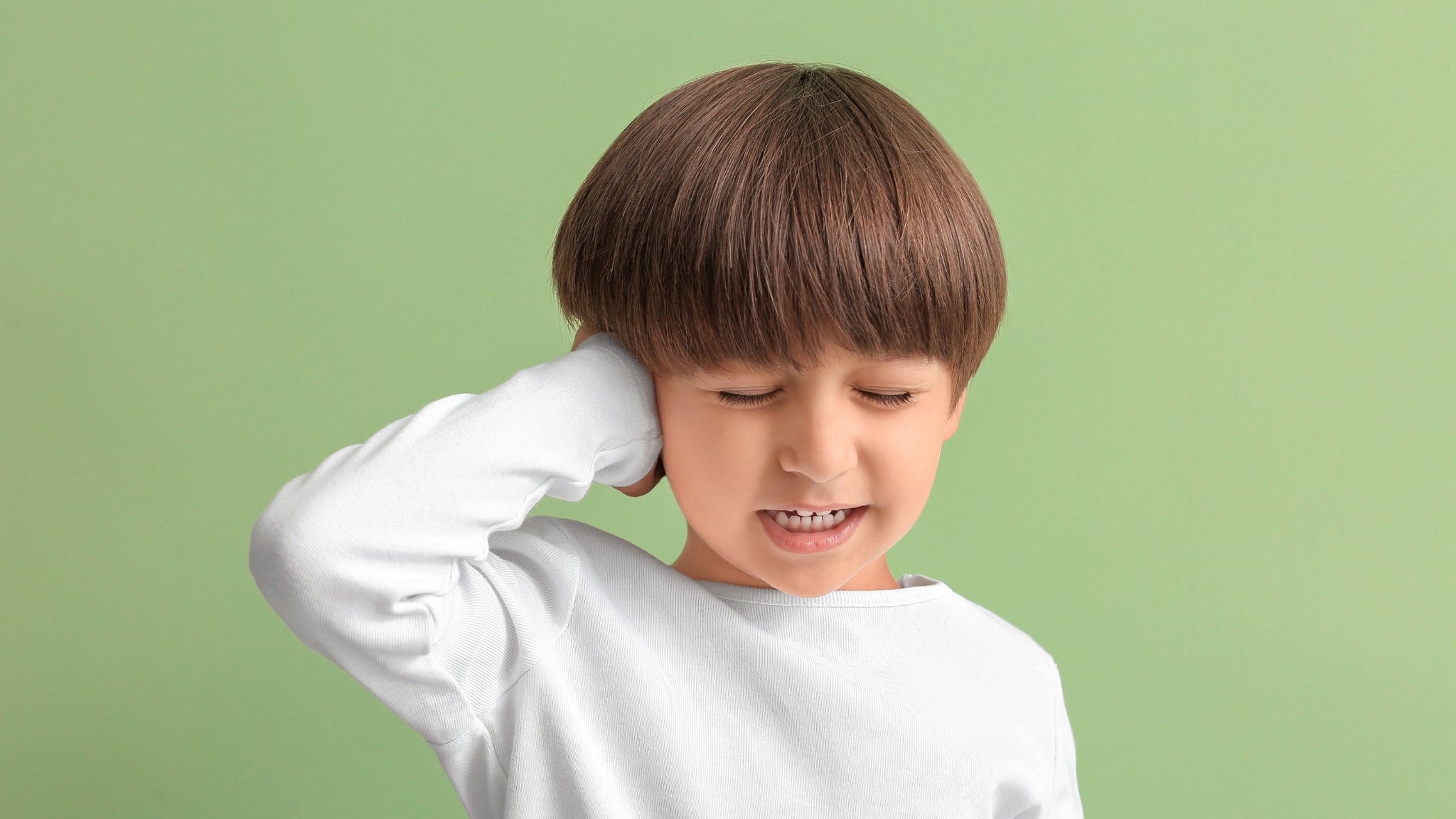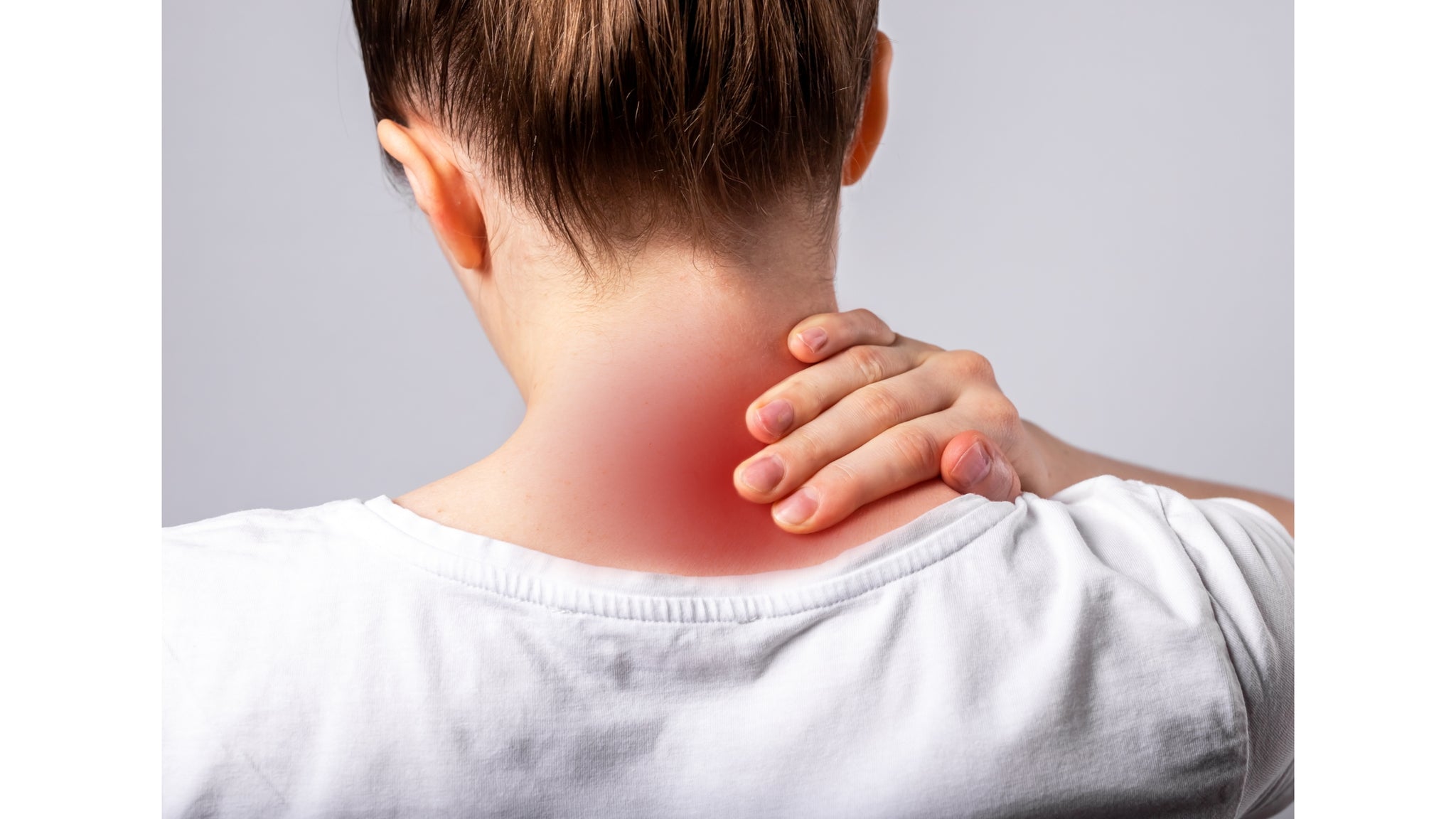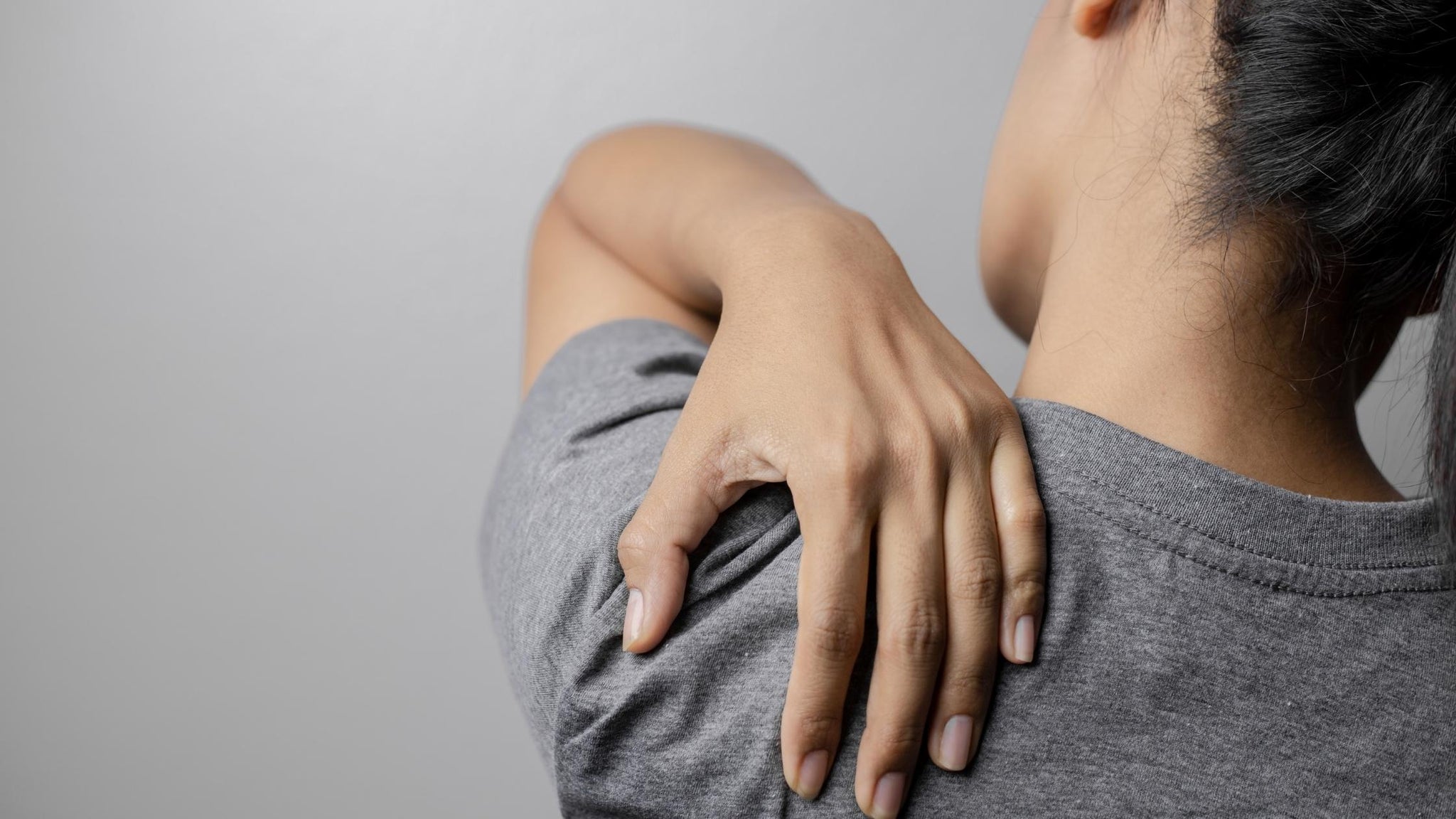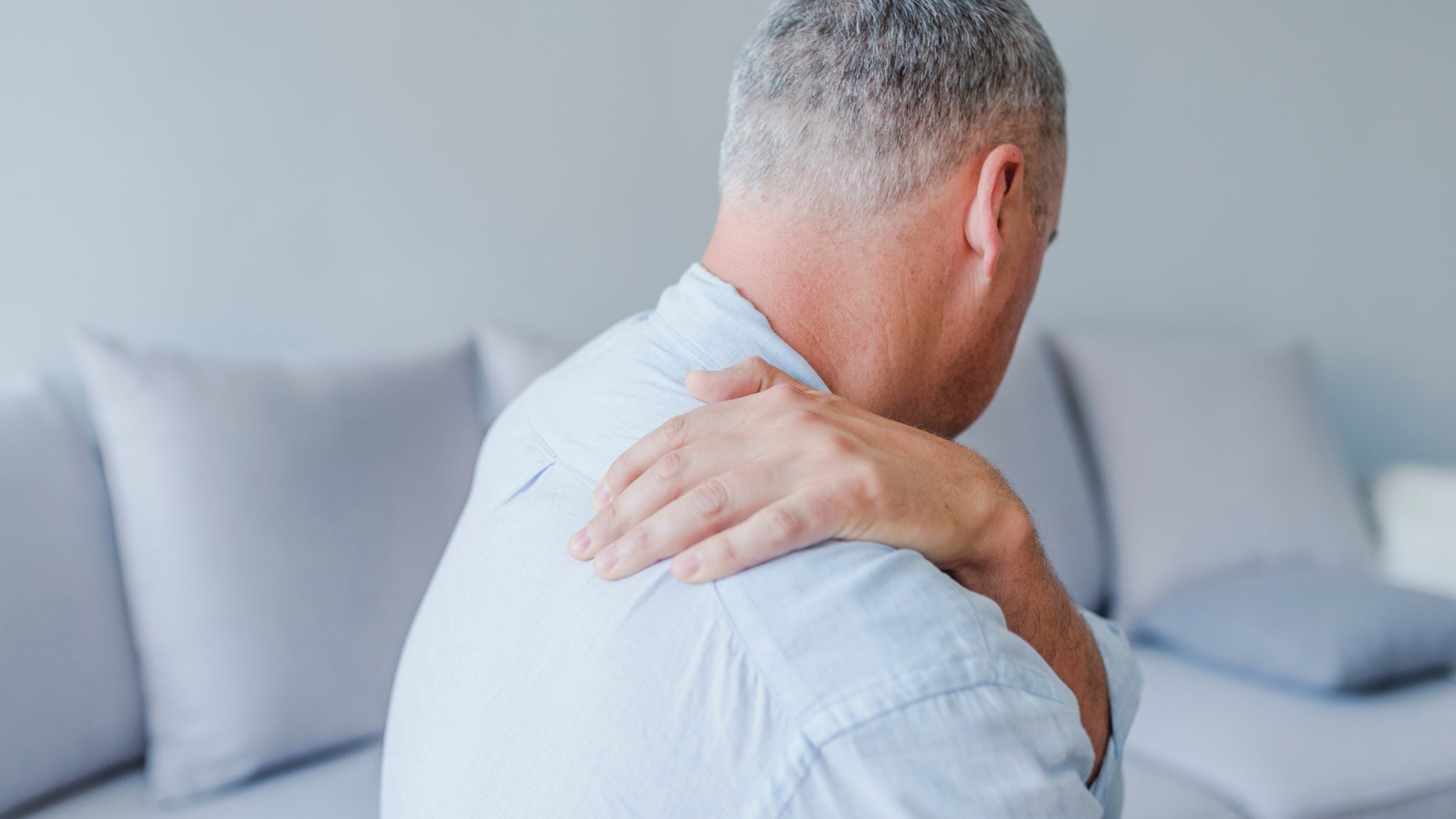
Managing Ear Disorders with Ayurveda
Worldwide, there are approximately one and a half billion people, or about twenty percent of the population, living with some hearing loss and about half a million with complete hearing loss. According to Ayurveda, there are twenty-eight different disorders that can affect the ears, and eleven of them are quite common.

Understanding the Root Cause of Pain
Ayurveda recognizes eighty disorders that are caused by an aggravated vata dosha. Many of these disorders are responsible for causing pain. According to Ayurveda there are two ways that pain develops from an aggravated vata dosha. Vata dosha is responsible for all bodily movement and circulation, and when an area of the body becomes depleted or obstructed, pain develops.

Managing Pain with Ayurveda
Ayurveda, the traditional system of medicine from India, recognizes pain as a symptom of an underlying imbalance in the body's doshas. Vata dosha is considered the main culprit behind pain, and each area of pain is associated with one of the five movements of vata. Pain that is generalized is linked to vyana vayu, headache to prana vayu and vyana vayu, abdominal pain to samana and apana vayu, and chest pain to prana vayu and udana vayu.

Avabahuka: Support Frozen Shoulder with Ayurveda
Ayurveda recognizes a condition called Avabahuka which is closely related to the symptoms of frozen shoulder. Avabahuka is a joint disorder of the shoulder and is described in the ancient Ayurvedic text. The cause of Avabahuka is mainly an aggravated vata dosha and in the later stages kapha dosha also becomes aggravated.

Joint Pain: An Ayurvedic Case Study
Joint pain can be caused by Osteoarthritis which is a degenerative joint disease that clinically presents with low-grade inflammation and pain in the joints. Inside the joints there is an abnormal wearing of the cartilage that protects and cushions the joints, as well the synovial fluid which lubricates the joints is decreased.

Healing Tools for Joint Pain
In Ayurveda, there is a joint pain disorder called Sandhigata vata. When vata is aggravated along with the accumulation of toxins, it weakens and degrades the joints and the synovial fluid in the joint capsule is lost. When the synovial fluid is lost there is no lubrication between the bones.

Balance Vata to Relieve Neck Pain
Neck pain is something we’ve probably all experienced it at some point. Most commonly its is caused by strained muscles stemming from poor posture or awkward sleeping positions.

Joint Pain the Two Types
Amavata is a painful condition explained by Ayurveda that has similar symptoms as Rheumatoid Arthritis. Amavata initially manifests as a gut disorder with symptoms of indigestion and loss of appetite. As the condition persists it encroaches all the tissues, bones, muscles, joints, and multiple organs which results in a complex of symptoms.

Managing Frozen Shoulder with Ayurveda
Ayurveda is an excellent choice for addressing the pain associated with Frozen Shoulder. Generally, this condition starts off with pain and stiffness, which results in a dry joint that feels constricted. The pain and stiffness can start in the upper back and encompass the whole upper body to the shoulder joint, including the neck. There’s a gradual loss of movement in the shoulder joint and movement becomes severely limited.

